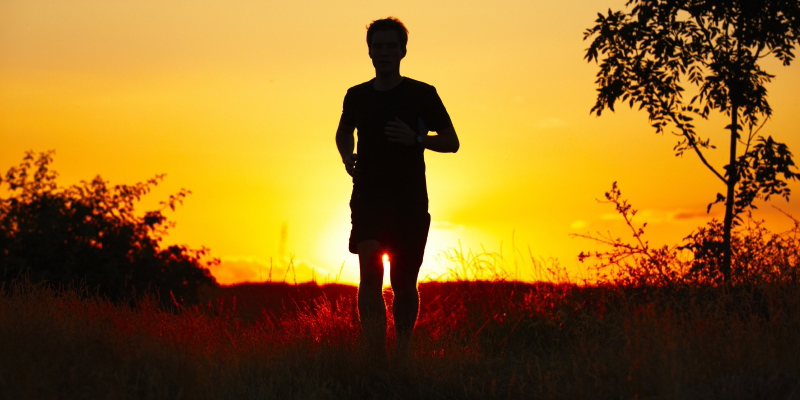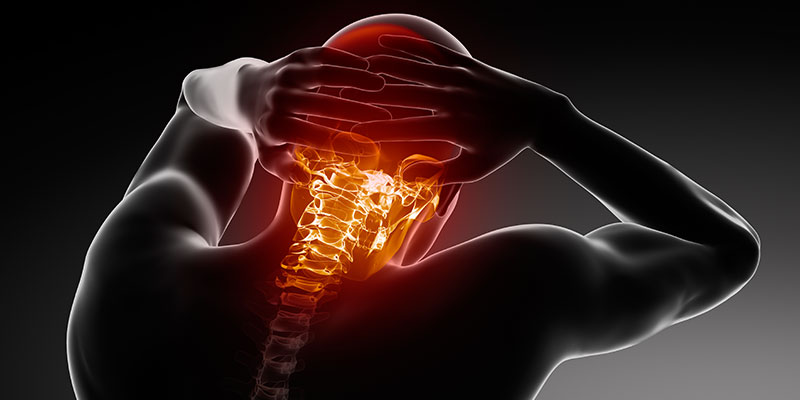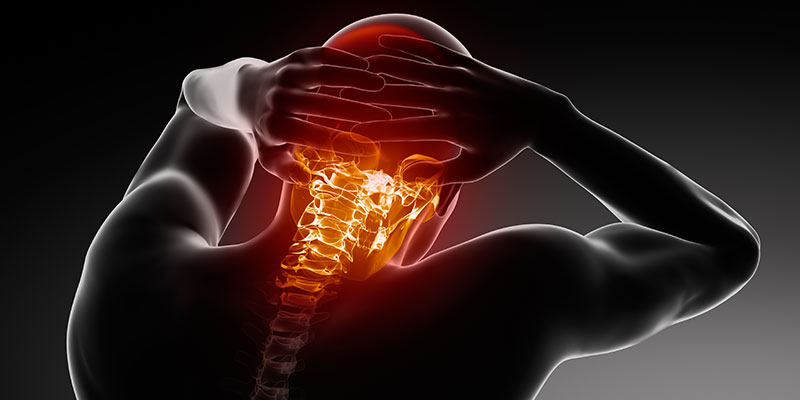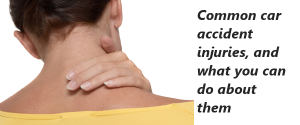Pain shooting from your ankles to knees, dull aches, and warm-to-the-touch legs: it’s shin splint season. Spring is ripe for this cumulative stress disorder from repeated pounding on the bones in your lower legs as you amp up your cardio outdoors. Stop the pain before it even begins with these preventative tips from Horizon Rehabilitation:
- Increase exercise gradually. Muscles not used to the sudden strain of a new running plan or baseball pitching practice can tear easily. Slowly work your way back into exercise and push yourself within reason.
- Wear proper-fitting shoes. Shoes with little grip, no arch support, and an uncomfortable fit place undue stress on your ankles as they try to overcompensate for uneven footing. Lace up with sport-appropriate footwear, and opt for shoes with shock-absorbing insoles.
- Begin and end with stretching. Dynamic stretches like lunges, high knees, and grapevines help warm your muscles up and prepare them for impact. Cool-down static stretching incorporates long, slow holds to work out tension from exercise. Focus on proper technique for maximum preventative care.
- Incorporate strength training. Running and power walking strengthen your lungs, but weight lifting or body resistance training help build muscles that absorb stress. Focus on moves that increase musculature and movement in your calves and quads to relieve pressure from smaller muscle groups.
- Exercise on the right surface. Slanted planes like hills and curved tracks, and uneven terrain like nature trails and sandy beaches force your muscles to flex and adjust in excess. Aim for flat, solid surfaces to reduce impact.
- Most importantly: abstain from leg work when pain arises. Don’t fight through it.
At Horizon Rehabilitation, we’re thrilled you’re engaging in exercise that makes you happy. We want your body to feel the same! Give us a call for more injury preventative tips so you can make the most of your summer activities.








